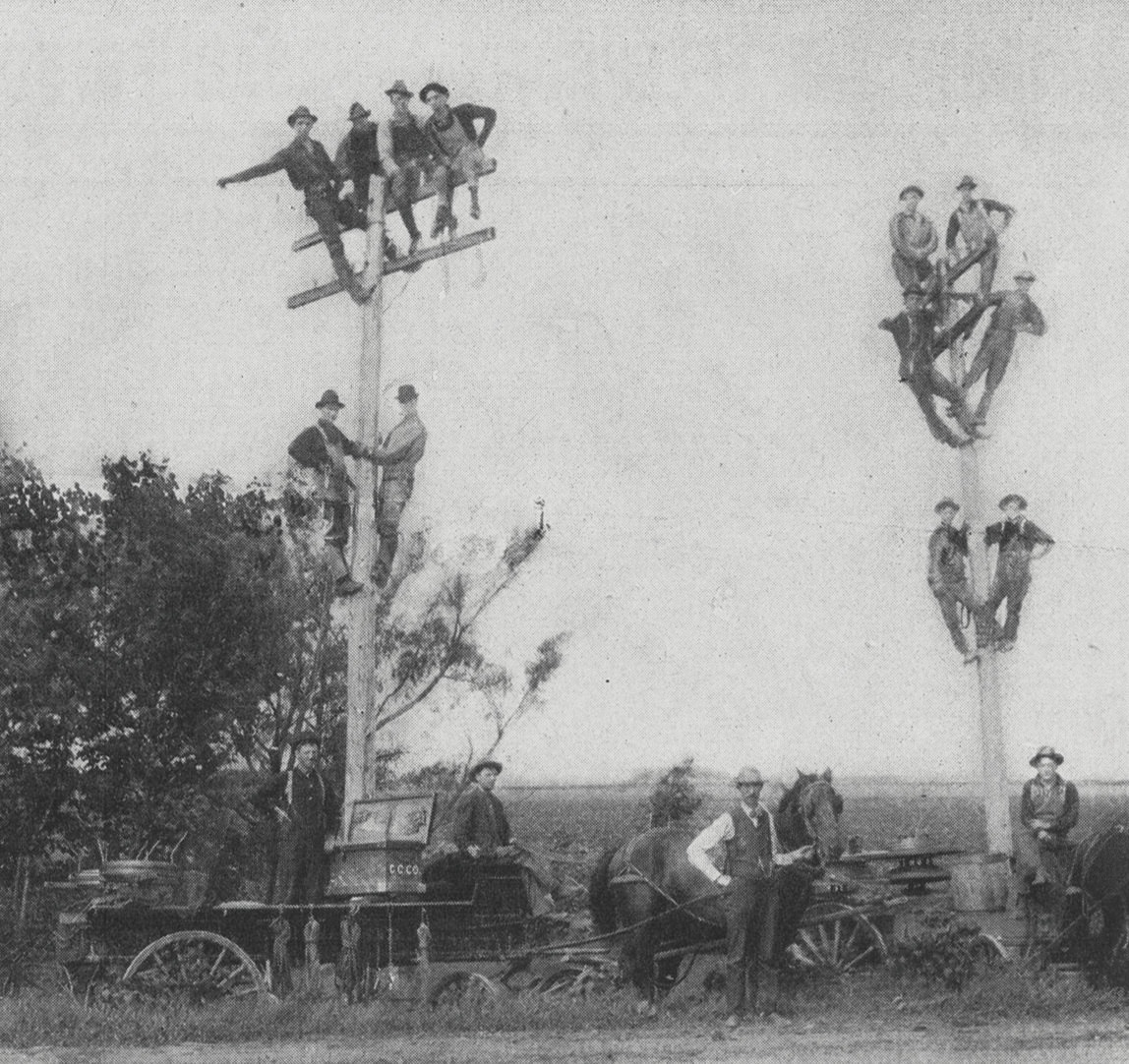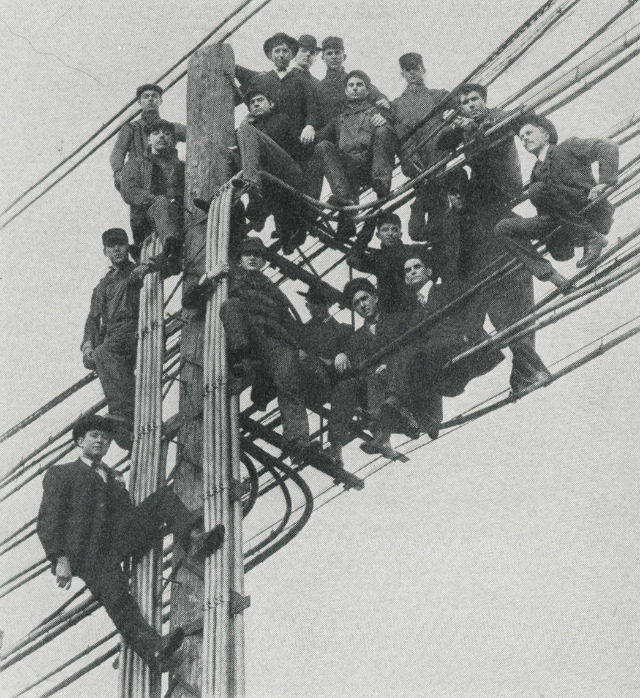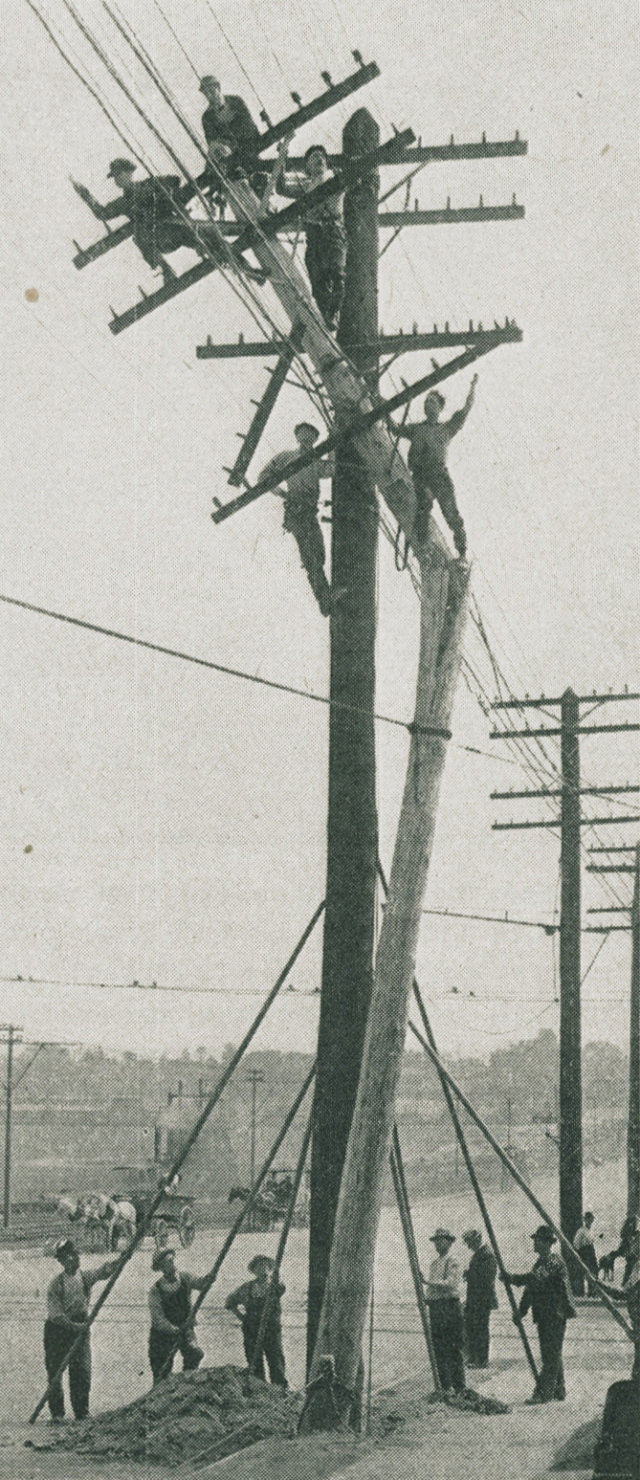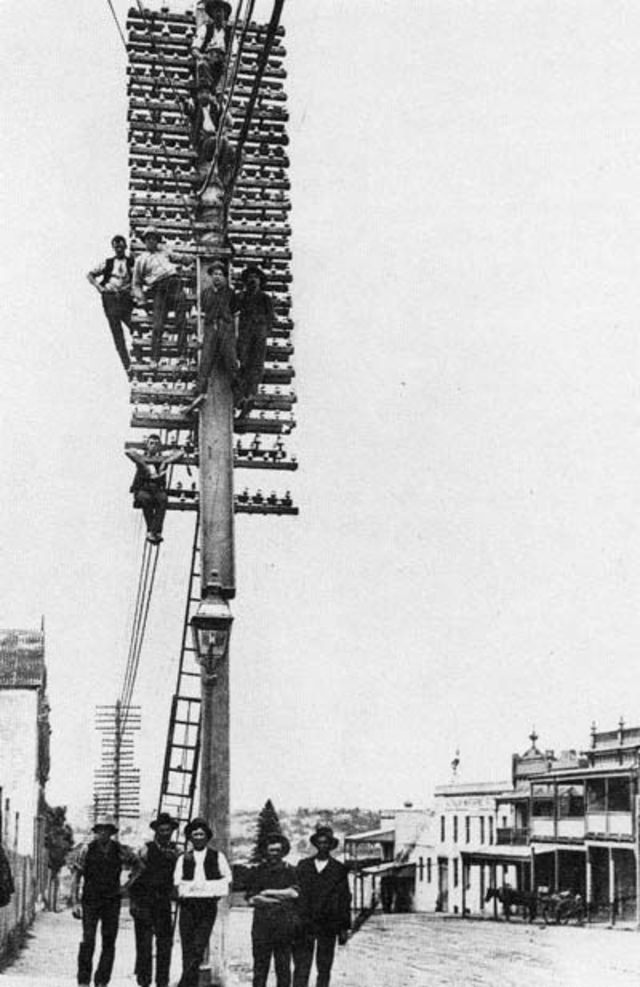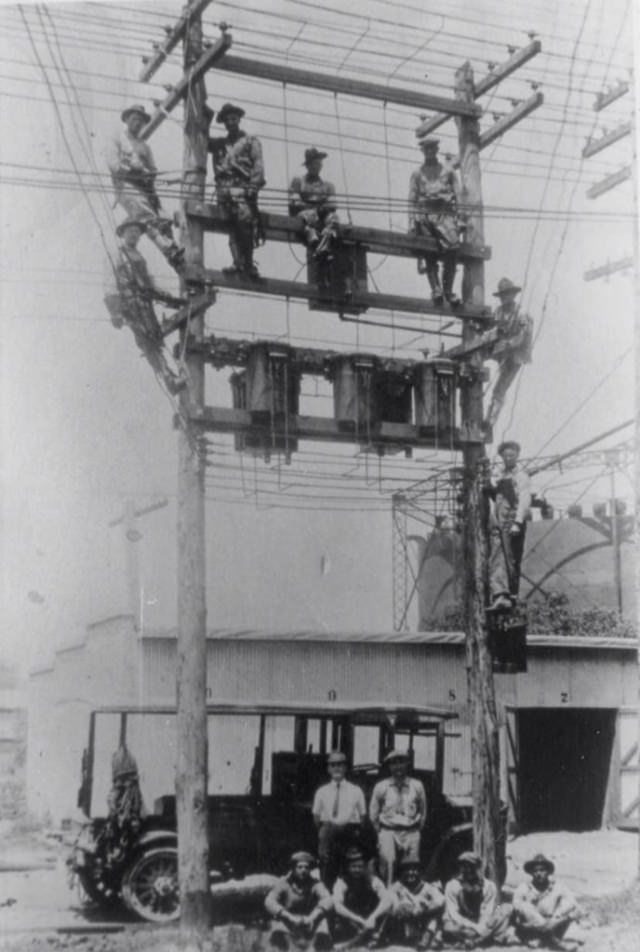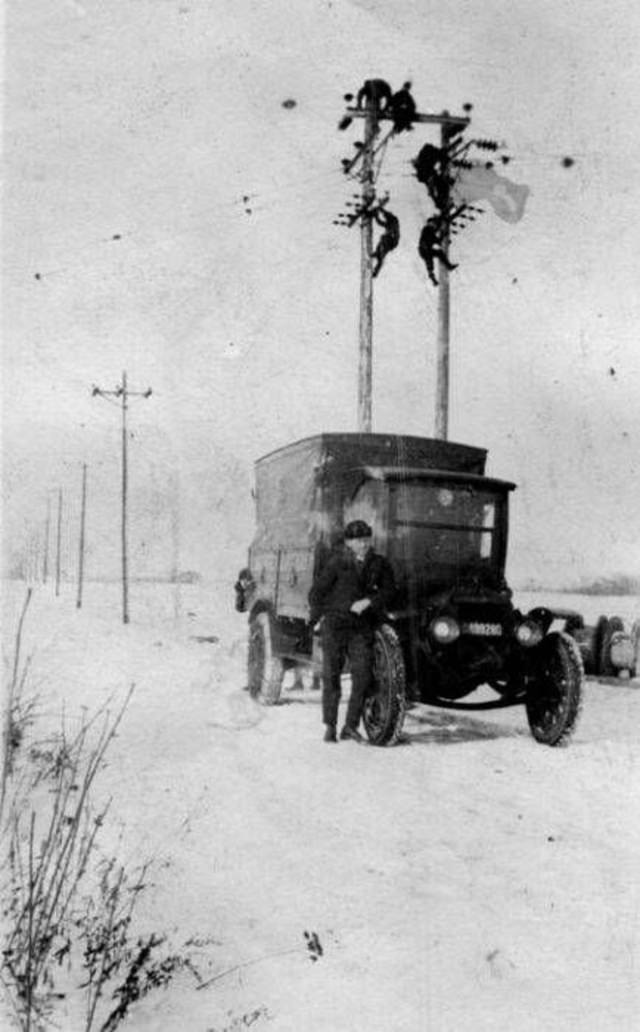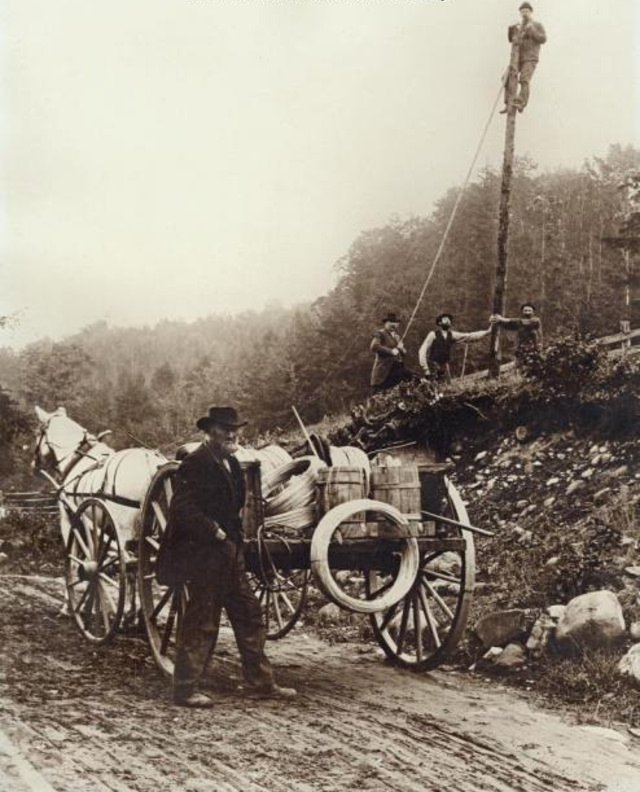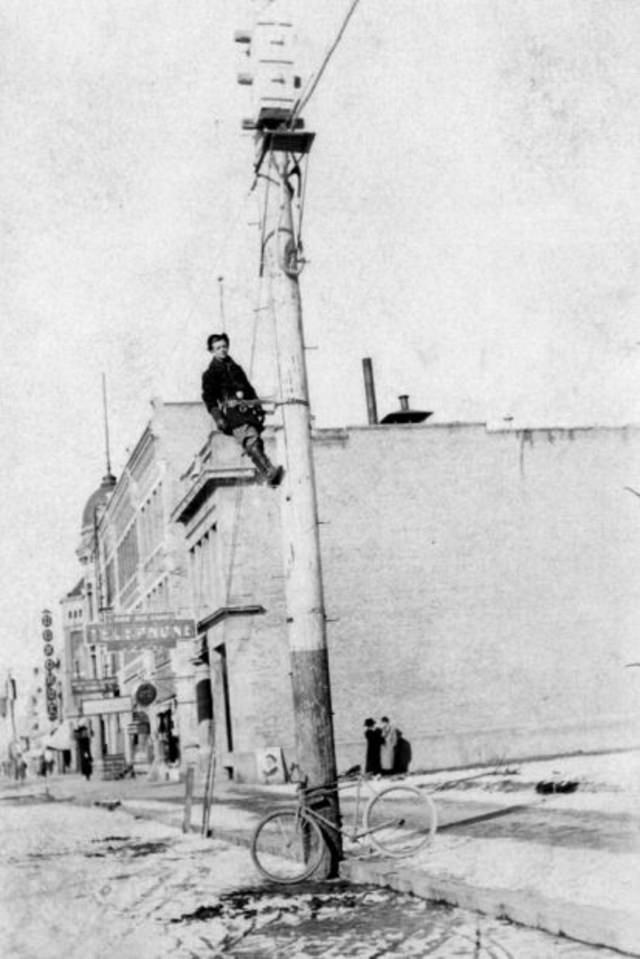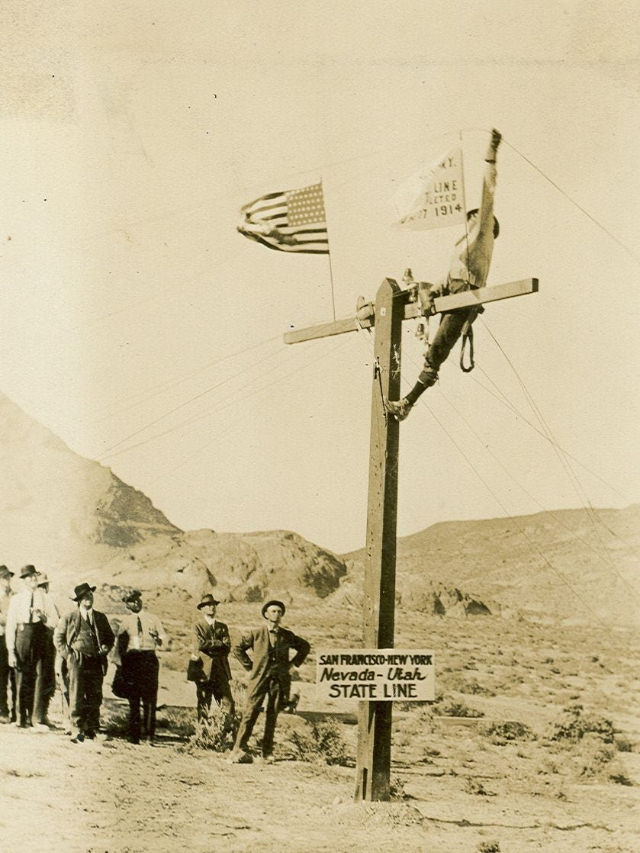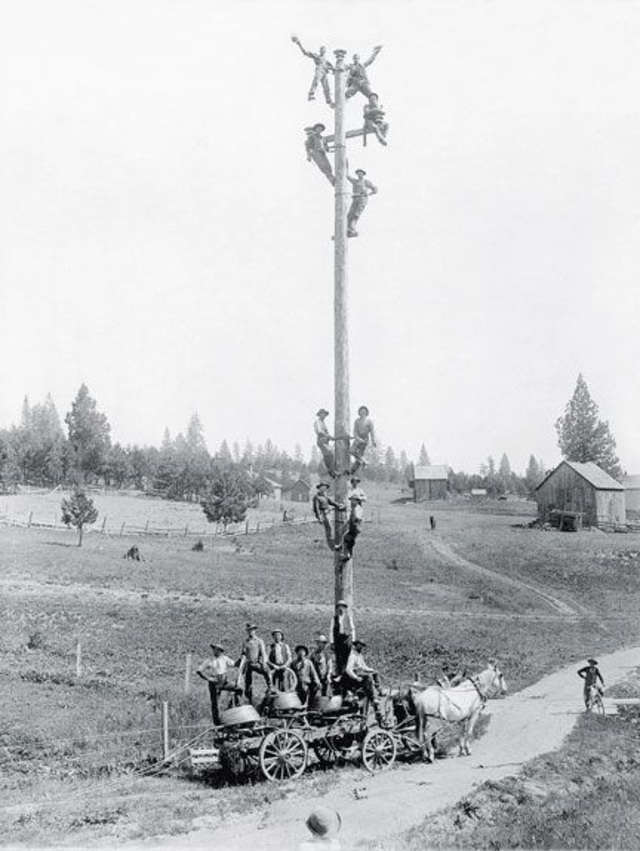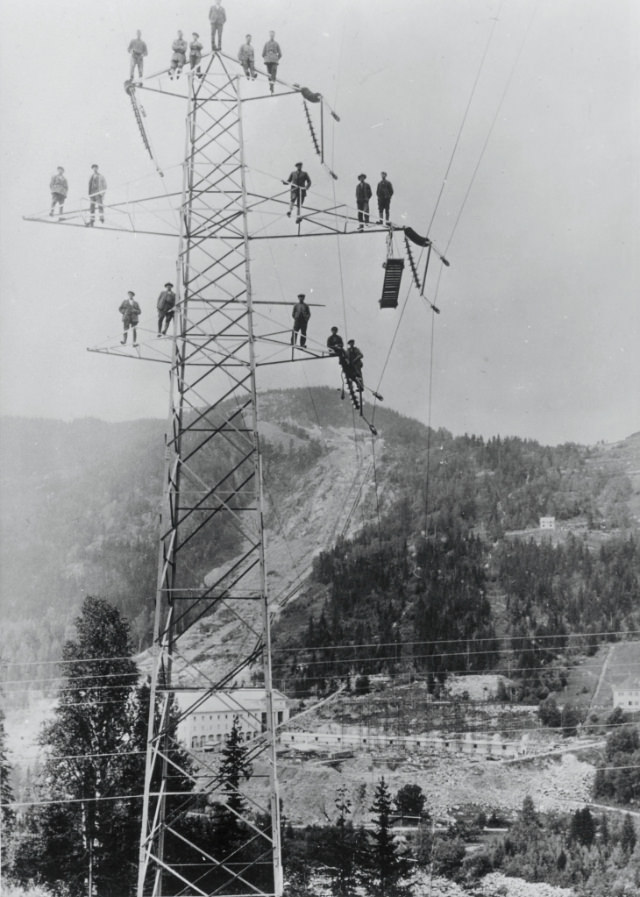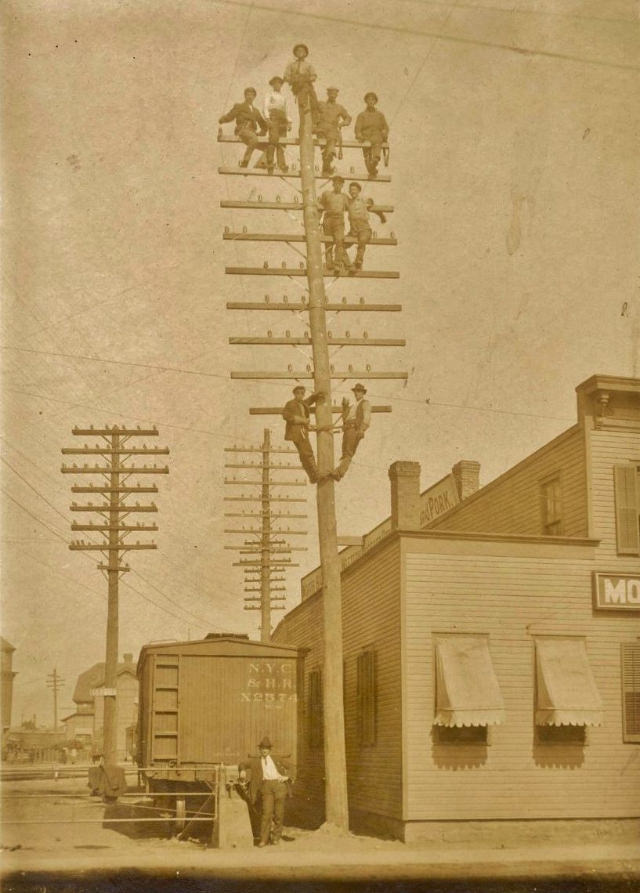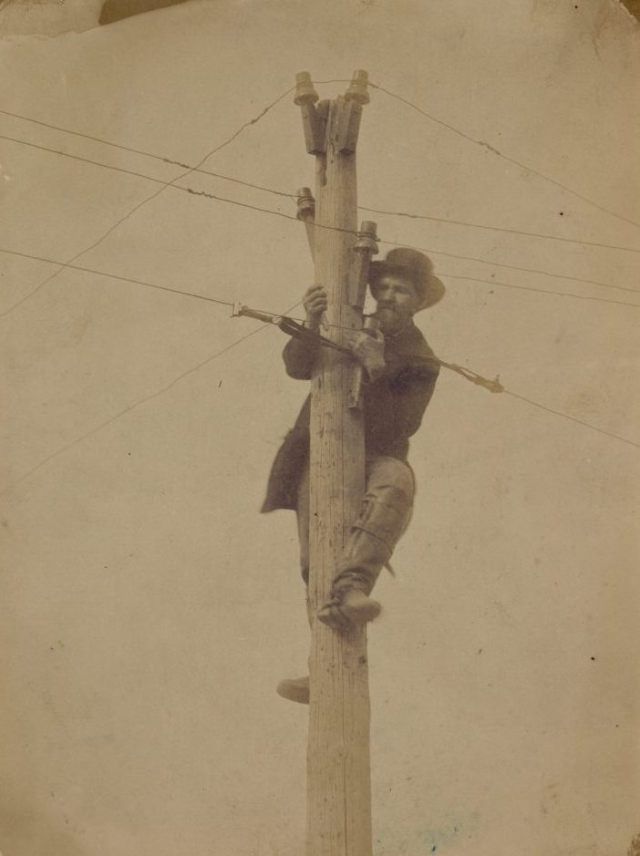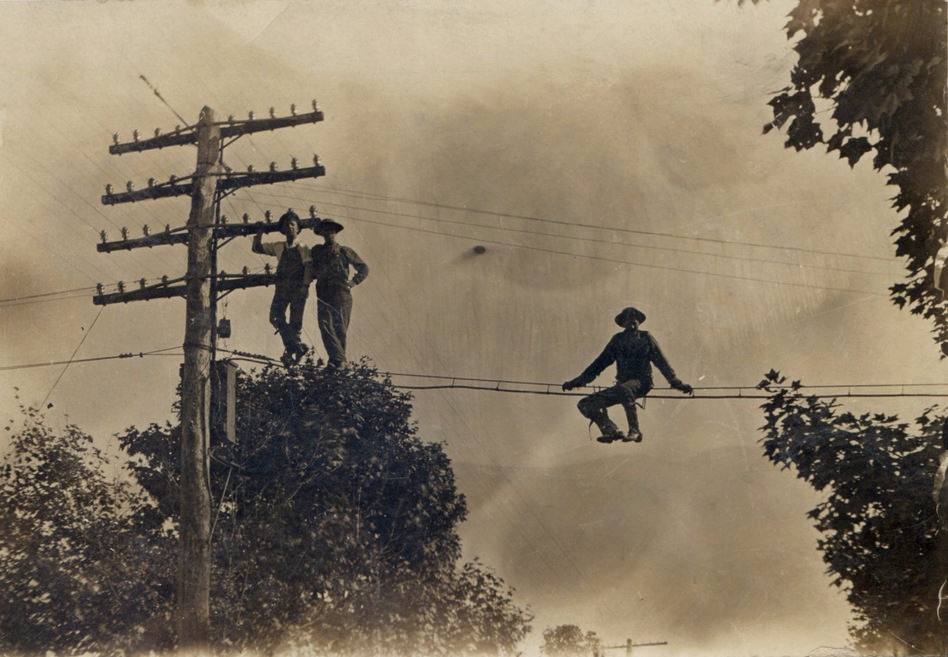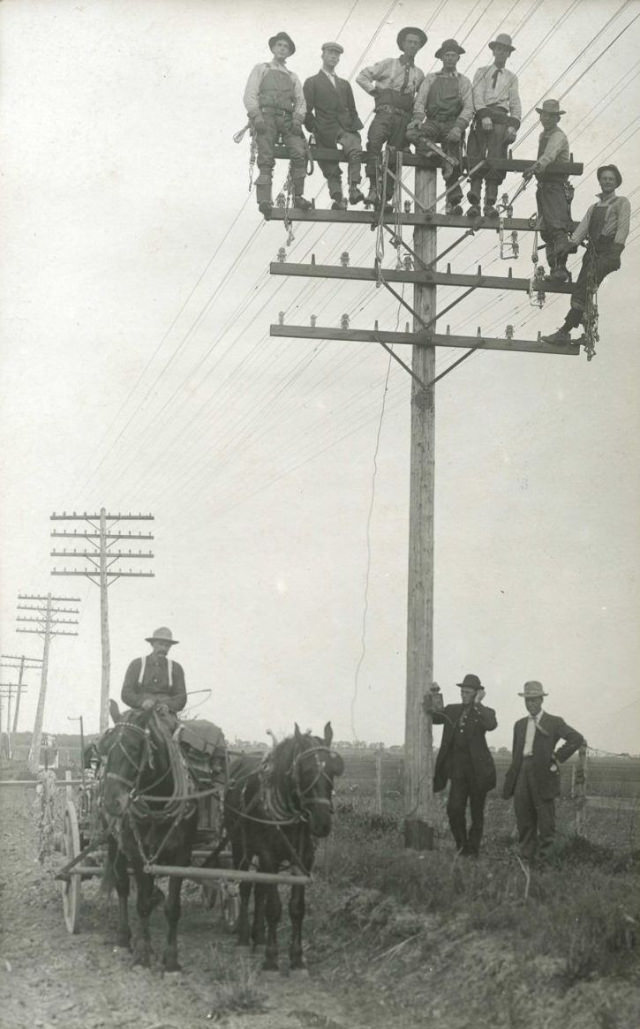These wooden poles once supported overhead power lines, cable services, streetlights, and other public services. We relied on them in the past, and now they are replaced by Steel poles.
As part of a congressional demonstration project in 1843, the United States Congress gave Samuel Morse $30,000. He and his partners installed underground telegraph wires between the Capitol Building in Washington, D.C., and a railroad station in Baltimore. Morse and his partners were running out of time and money because the wires were faulty. One of Morse’s partners proposed that stringing telegraph wires overhead on trees and wooden poles would be the easiest way to complete the project.
On May 24, 1844, the phrase “What Hath God Wrought” was successfully telegraphed via Morse code and telegraph wires hastily strung on hundreds of wooden utility poles from Washington, D.C., to Baltimore, and back.
The first wooden utility poles were the result of a mistake; however, they caught on quickly; aside from the Plains, the United States is richly forested, making wood readily available. Soon, thousands of wooden utility poles carried telegraph signals throughout Eastern and Western parts of the U.S., although the two networks were not yet well connected.
By the early 20th century, these poles were used for telephone and electrical lines in addition to telegraph lines. Today, they are replaced by poles made from other strong materials such as aluminum and steel.


